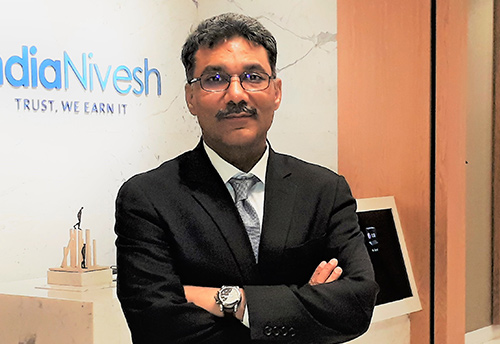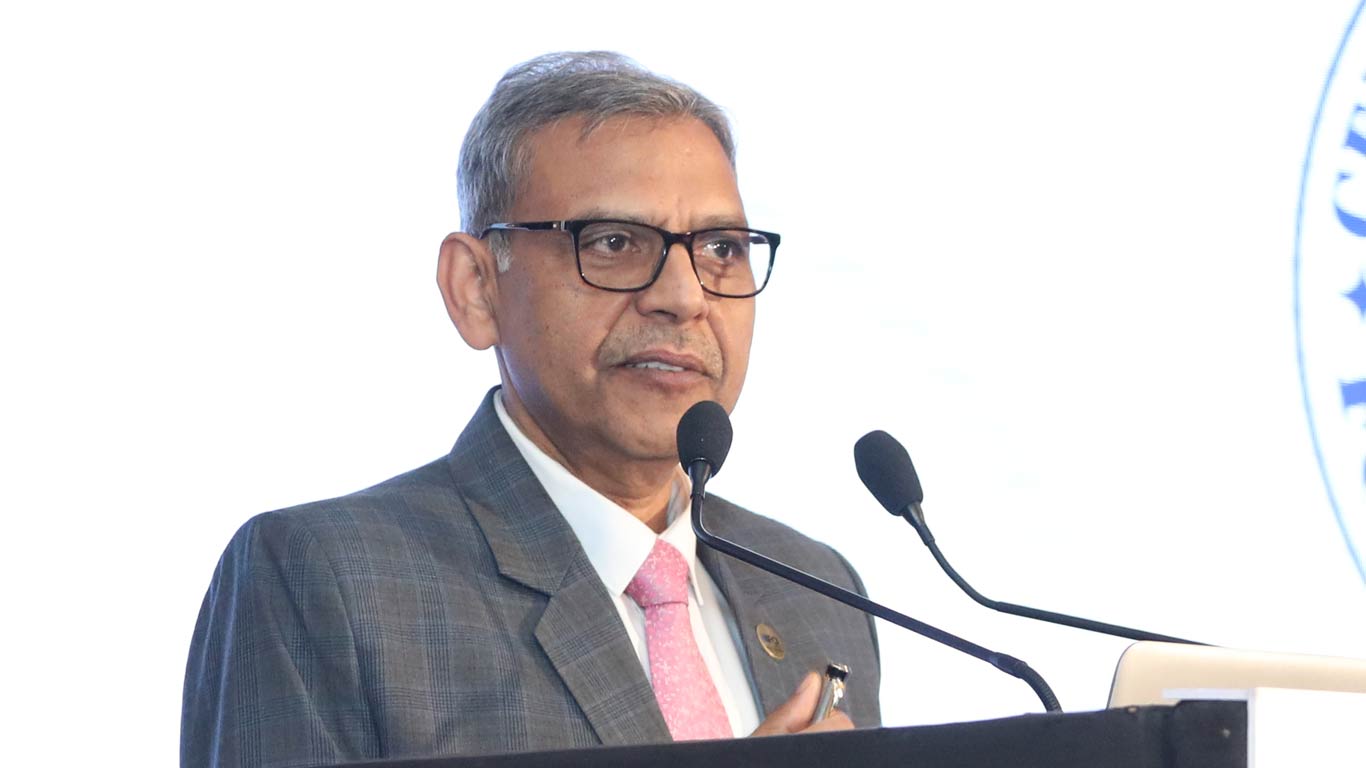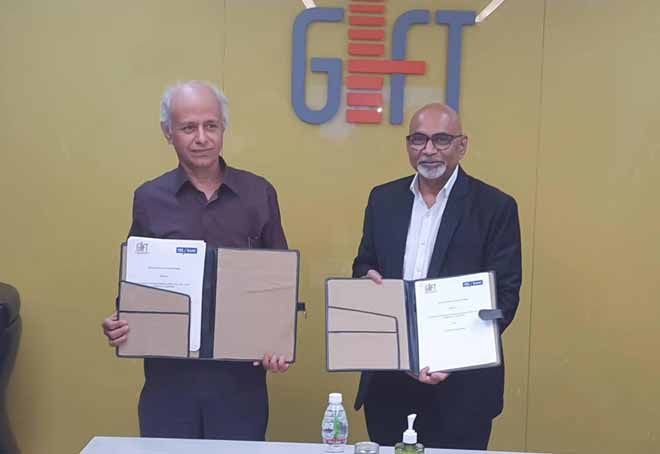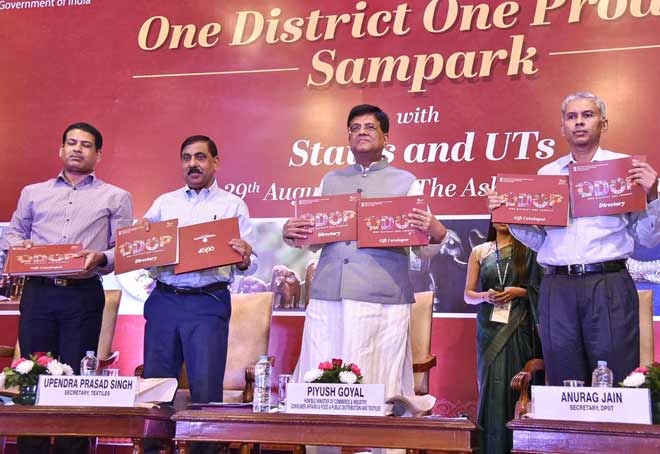Capital markets, not bank credit, is the answer to who will fund India’s next-round of growth
Updated: Sep 17, 2018 09:25:04am

Capital markets, not bank credit, is the answer to who will fund India’s next-round of growth
By Malay Sameer
New Delhi, Sept 17 (KNN) The path for India’s economic growth has been a chequered one, which also explains the investor community’s immense faith in the Indian story. The fact that the Indian economy has been resilient in the face of biggest of global crisis, reassures investors’ faith. Even in the aftermath of the 2008 global economic meltdown, the Indian GDP saw a growth of 8.48 percent, barely a year after the subprime mortgage crisis in the US.
More recently, the governments Demonetization (DeMon) move in 2016 and this year’s banking sector debacle triggered by the Nirav Modi scam at the Punjab National Bank (PNB), did give rise to fears of a slowdown. But allaying all such fears were the macro-economic indicators that helped in building up confidence. The World Bank and Fitch ratings both predicted that the economy was set to achieve 7.3 per cent growth in 2018-19 and 7.5 per cent and above thereafter.
The growing domestic investor numbers and the far better primary issuance figures also showed that investor appetite has remained unwavering. In the last one year, the mutual fund industry has added 32 lakh new investors – the fastest rise ever in the last two decades.
For primary issuances, which includes IPOs, QIPs and rights issuances, what we could achieve in last three years of raisings in the pre-DeMon period could be achieved in just one-and-half years of post-DeMon period. The total mop-up from primary issuances during 2014, 2015 and 2016 was to the tune of INR 3100 billion, almost equal to the amount raised (INR 3000 billion) from primary issuances in the one and a half year period post DeMon, i.e. from the beginning of 2017 to year till date -- a remarkable growth of 100 per cent!
Even the corporate bond issuances have been on fire. During the three years before DeMon, the bond issuances were to the tune of INR 12 trillion and in one-and-half-years post DeMon, the bond issuances stood at INR 11.6 trillion – again a stupendous growth of 95 per cent!
Amid the heightened investor activity, there are discussions and murmurs in board rooms across the world's leading financial centres in the US, Singapore, Hong Kong, etc. about who will fund India’s growth going forward. Historically banks have fuelled India's growth, but the numbers now are not in favour of the banking channel anymore.
The bank credit conduit has been drying up post DeMon and the PNB fiasco, as lenders have become more cautious about whom to lend to. Bank credit has grown just 2% in comparison in the same timeframe as mentioned above. During the calendar years 2014, 2015 and 2016, total bank credit was INR 93.5 trillion, but in the calendar year 2017 and in 2018 so far, the total bank credit has been INR 47.8 trillion.
Interestingly, bank deposits had jumped up suddenly post demonetization. On the day before Demonetization i.e. 7th November, 2016, bank deposits stood at INR 99 trillion and on 31st March, 2017 deposits jumped to INR 108 trillion – almost 9% growth in just four months. This indicates that the demonetized currency notes of Rs. 500 and Rs. 1000 may have found their way to the bank accounts and eventually got parked in mutual funds, which is currently the highest returning asset class.
Even if one might have to assume that the growth of primary issuances, after hitting the peak of 100 per cent over the last one-and-half years, would flatten out here on, the primary issuances would still see an appetite from the industry of INR 10 trillion over the next five years. And if we were to assume that the growth would be 20 per cent in the next five years, then the appetite for the industry from the stock markets as a whole, including mutual funds, would increase to INR 25 trillion.
The stupendous numbers for India’s capital market industry, especially for the mutual funds, clearly answers the global boardroom chatters about who will fund the next round of growth in India.
 About Author: The author is the Managing Director –Institutional Equities, IndiaNivesh Securities.
About Author: The author is the Managing Director –Institutional Equities, IndiaNivesh Securities.
About IndiaNivesh: A full-fledged financial services company into stockbroking, PMS, Wealth Management and having reputed clients that include Government Institutions, Public Finance Institutions, Foreign Institutional Investors, Domestic Institutions (Mutual Funds, Insurance Companies), HNI’s, Corporate Houses and SME enterprises. The IndiaNivesh group is a member of the RBI, SEBI, IRDAI, BSE, NSE, MSEI, NCDEX, MCX, CDSL, NSDL and AMFI.











